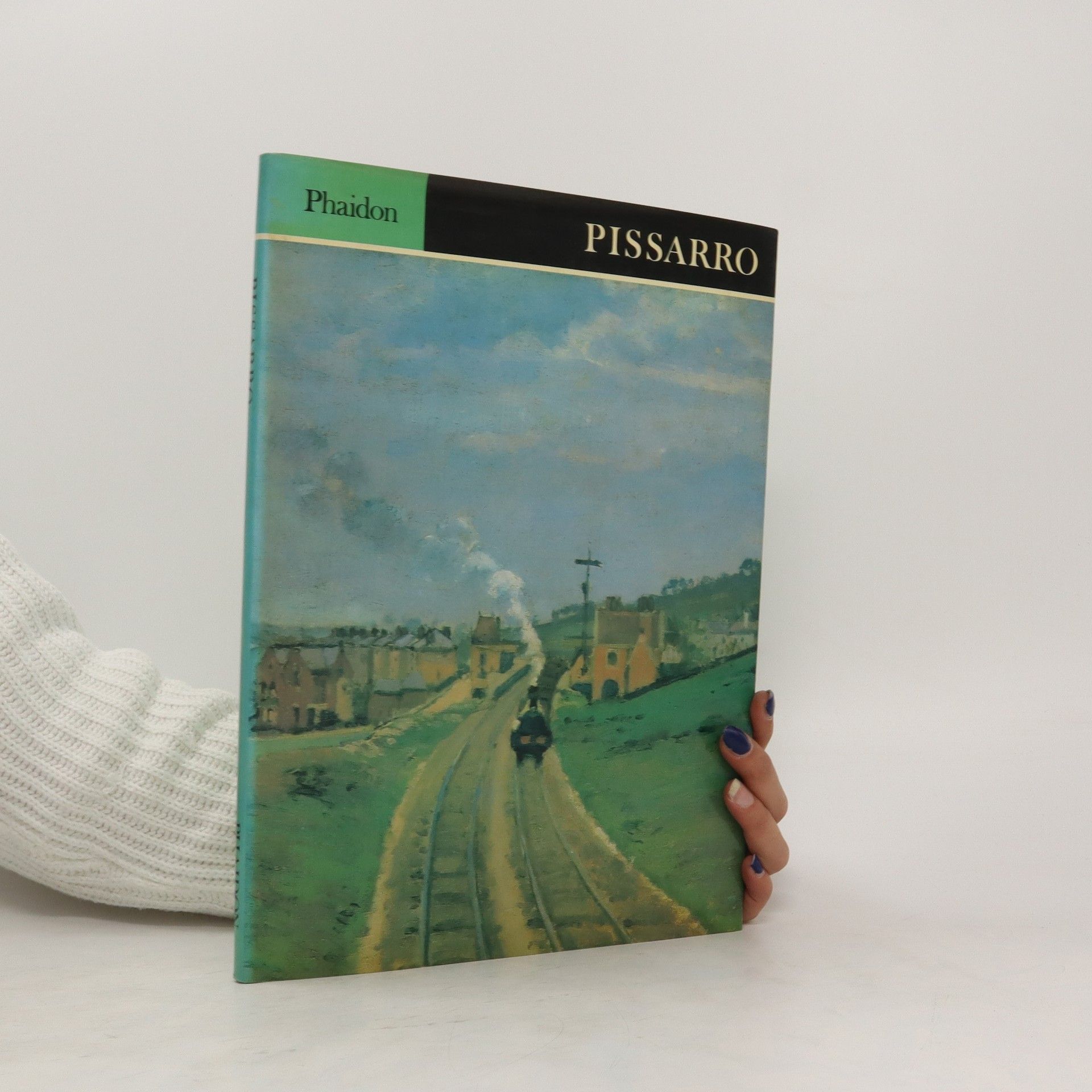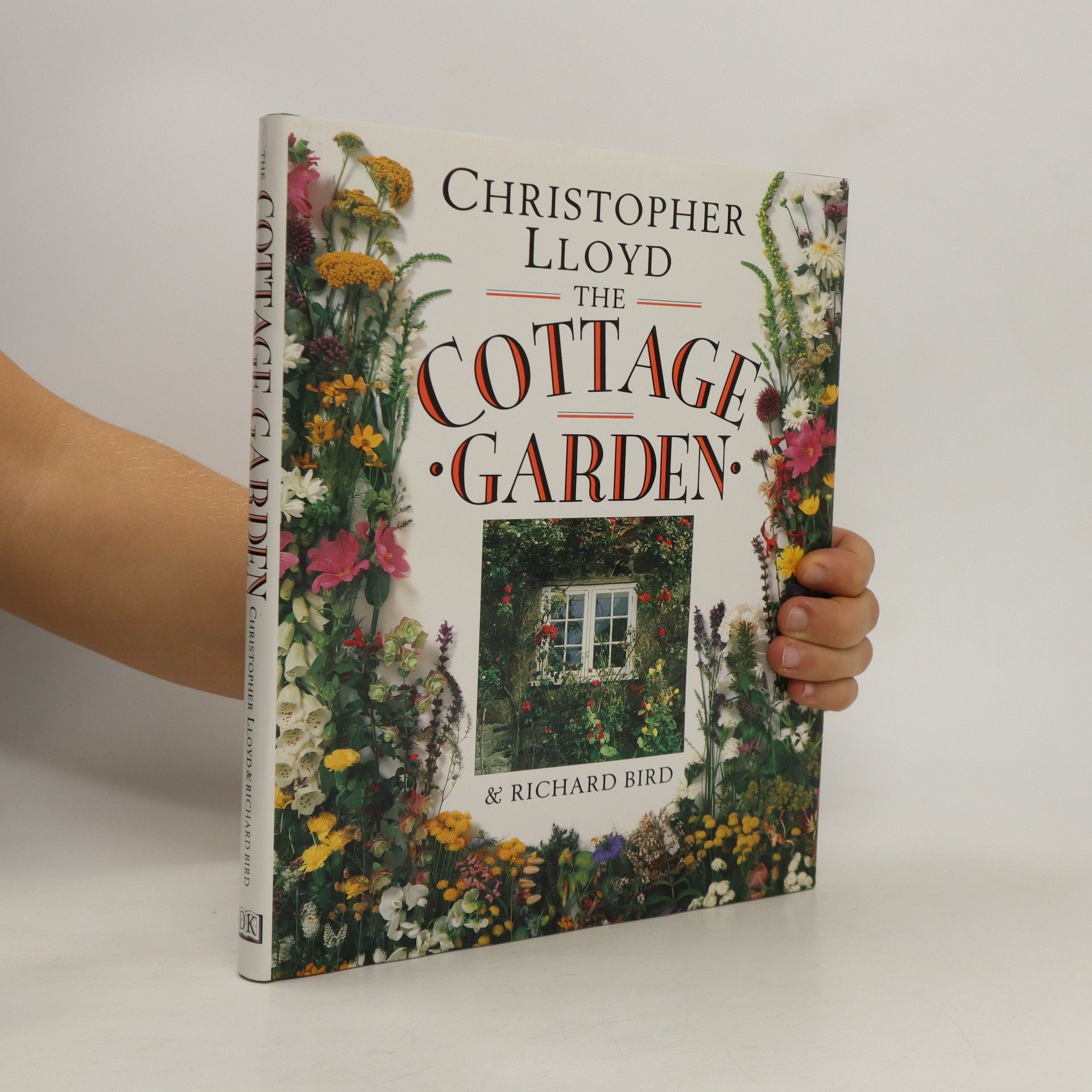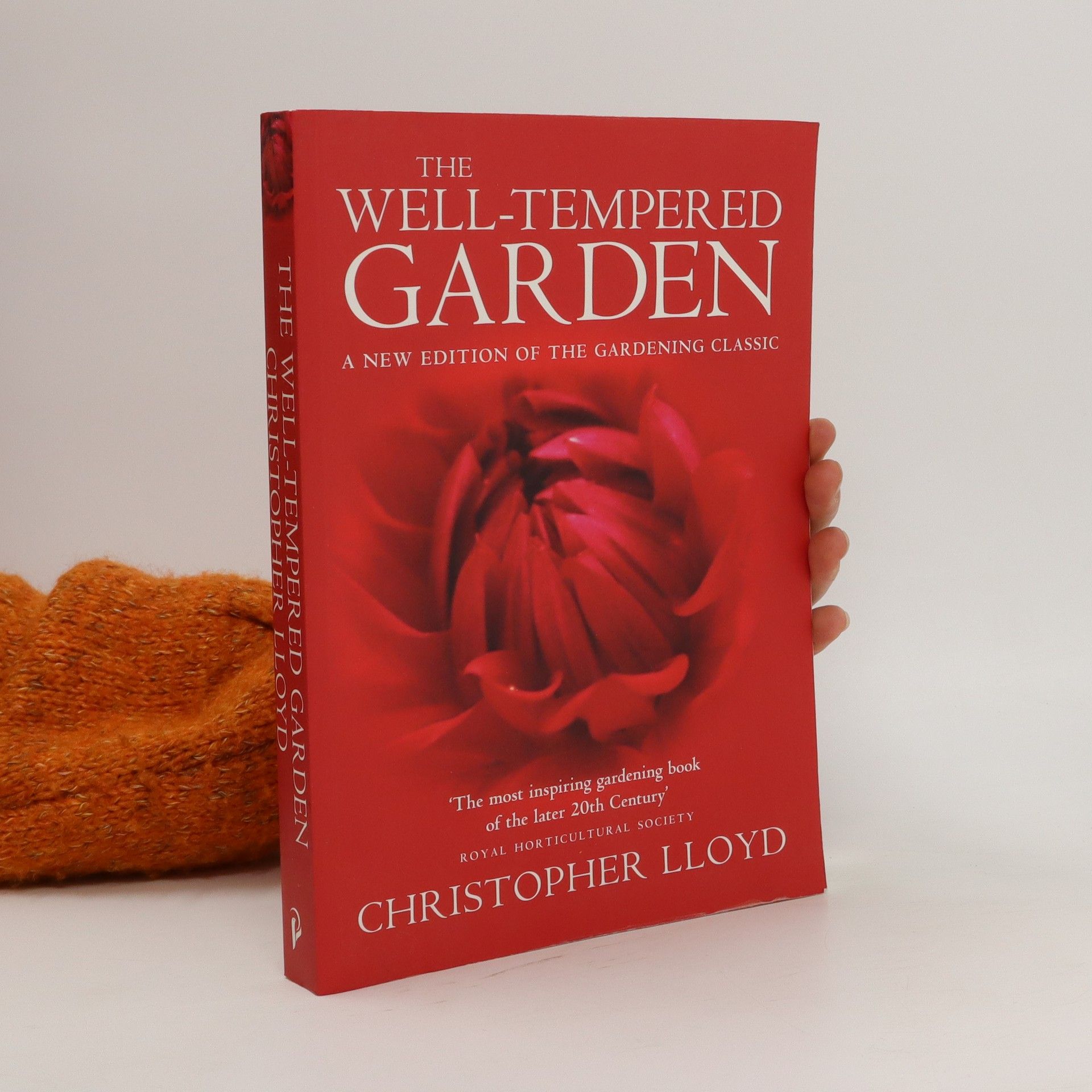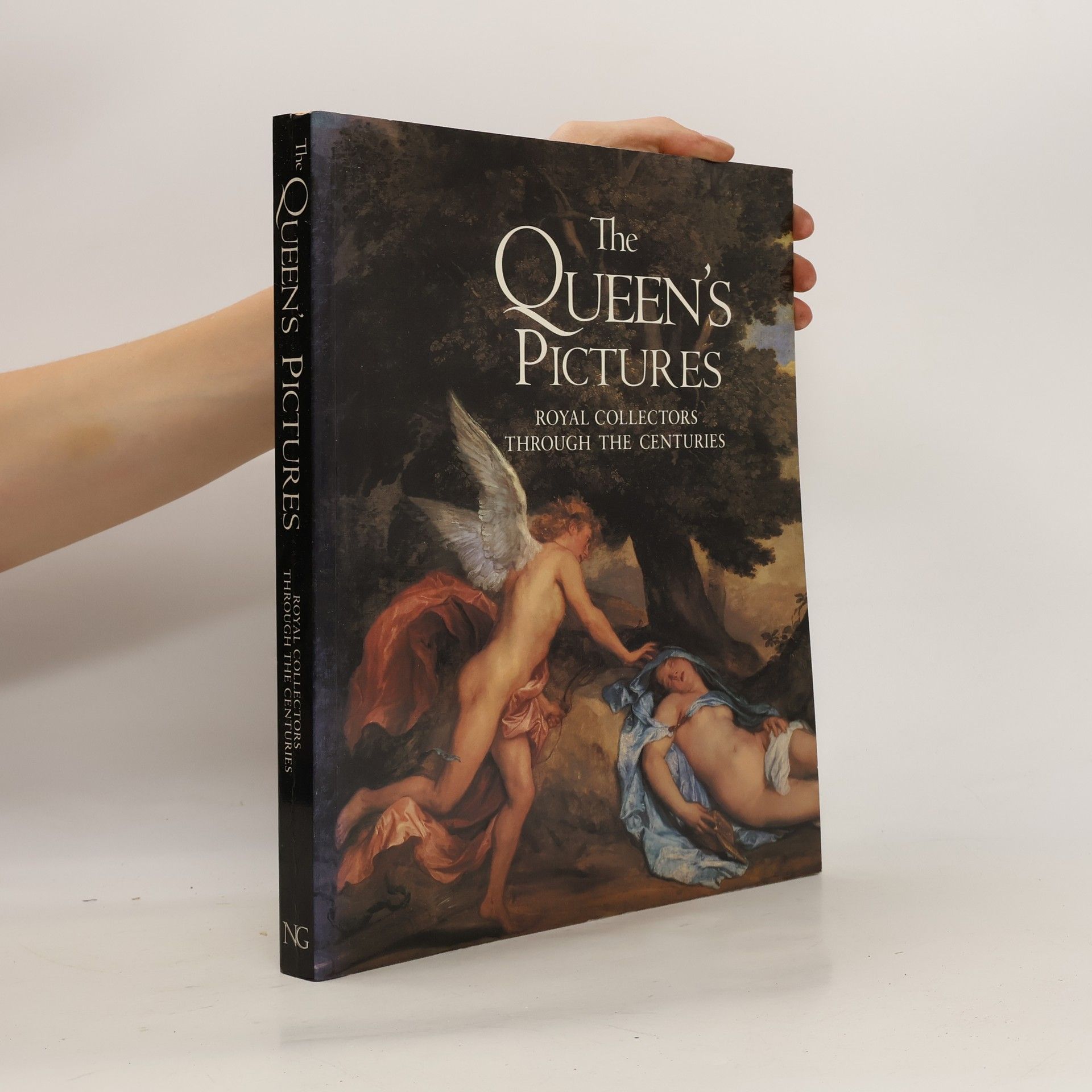Following the success of Colour for Adventurous Gardeners, the most adventurous gardener of all time is back to reveal how he plans, creates and maintains his celebrated borders.
Christopher Lloyd Books
Christopher Lloyd is a British art historian whose work centers on the art of early Italy. His extensive experience includes time at the Ashmolean Museum in Oxford and at Harvard University. Through his scholarship, he contributes to a deeper understanding and interpretation of artworks.






In My Garden
- 240 pages
- 9 hours of reading
Christopher Lloyd has been writing a weekly column in Country Life since 1963. His prose is exciting; his knowledge is vast; his ideas are provocative, and what is the true test of a writer who has transcended his medium, he makes you laugh out loud. This book intends to capture the essence of Christopher Lloyd and of his garden at Great Dixter.
How old is the universe? How are humans related to a sponge? Where did most of the world's water come from? How much would a complete T Rex skeleton cost? Where did the Himalayas come from? Which came first, the chicken or the egg?
The Cottage Garden
- 192 pages
- 7 hours of reading
Whatever the size and situation of your yard, you can learn how to create and cultivate an idyllic cottage garden, one of the best-loved and most enduring gardening styles. Tracing the development of the cottage garden from the humble vegetable patch to the lush flower garden, Christopher Lloyd and Richard Bird analyze what defines a cottage garden - a working garden that is as productive as it is charming. Full-color plans show how to utilize and organize the space available, whether creating a decorative flower garden with pinks and delphiniums, or a full working garden with fruits, rotation crops, and livestock. Easy-to-follow advice explains how structural features such as paths, fences, arbors and ponds are best combined with flowers, vegetables, hedges and trees.
This series acts as an introduction to key artists and movements in art history. Each title contains 48 full-page colour plates, accompanied by extensive notes, and numerous comparative illustrations in colour or black and white, a concise introduction, select bibliography and detailed source information for the images. Monographs on individual artists also feature a brief chronology.
Focusing on the golden age of British sea power, this book explores significant events following Nelson's death, including the defeat of Napoleon, the American War, and the rise of the steamship. It captures heroic episodes while examining the Navy's vital role in both wartime and peacetime, emphasizing its relationship with the nation during a transformative period of imperial expansion and the emergence of new threats.
The well-tempered garden : a new edition of the gardening classic
- 368 pages
- 13 hours of reading
A classic work by Britain's most highly respected plantsman, updated for the 21st Century. This is the classic work by a gardener who combines a passionate love of his subject with a critical intelligence and a good helping of wit. THE WELL-TEMPERED GARDEN is packed with the sort of information keen gardeners crave - from planting, weeding and the pleasures of propagation to annuals, water-lilies and worthwhile vegetables. Hailed as 'a really important addition to horticultural literature' when it was first published, THE WELL-TEMPERED GARDEN is as fresh and enlightening, and as entertaining, for gardeners in the 21st century as when it first appeared more than thirty years ago.
'Christopher Lloyd ranks with Gertrude Jekyll and Vita Sackville-West as one of the major figures in twentieth-century British gardening' The Times
Fra Angelico
- 128 pages
- 5 hours of reading
Fra Angelico (c. 1400-55) is one of the most popular artists of the early Italian Renaissance. In his own lifetime churches and cathedrals competed for his work, and the style he evolved has come to be regarded as the natural language of religious painting. For more than a century the popular image of an angel has been that of an angel by Fra Angelico.Perhaps his best known work is the series of fresco decorations in the convent of San Marco in Florence, where Angelico was a friar. These paintings tell the story of the life of Christ as vividly and movingly today as they must have done over five hundred years ago. The powerful simplicity of the forms, the treatment of light and the subtlety of colour testify both to Fra Angelico's personal religious conviction and to his awareness of recent developments in Florentine art.This comprehensive survey of Angelico's work includes many panels from San Marco, and from his other important commission in the Vatican, and a superb selection of altarpieces and panels spanning his whole working life.Christopher Lloyd's authoritative essay on Angelico was first published in 1979, with the forty-eight full page colour plates. For this revised edition, David White has added a full and clear commentary on each picture, and numerous black-and-white illustrations to compare with the paintings.
The Royal Collection is the largest private collection in the world. To inaugurate the opening of the new Sainsbury Wing at the National Gallery, the Queen has lent a large number of works drawn from royal residences throughout the British Isles. Those 96 pictures are presented in this volume.

